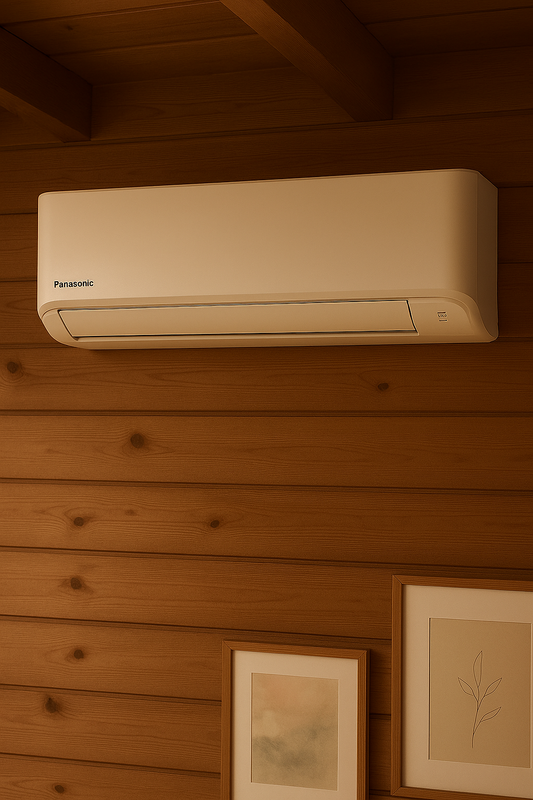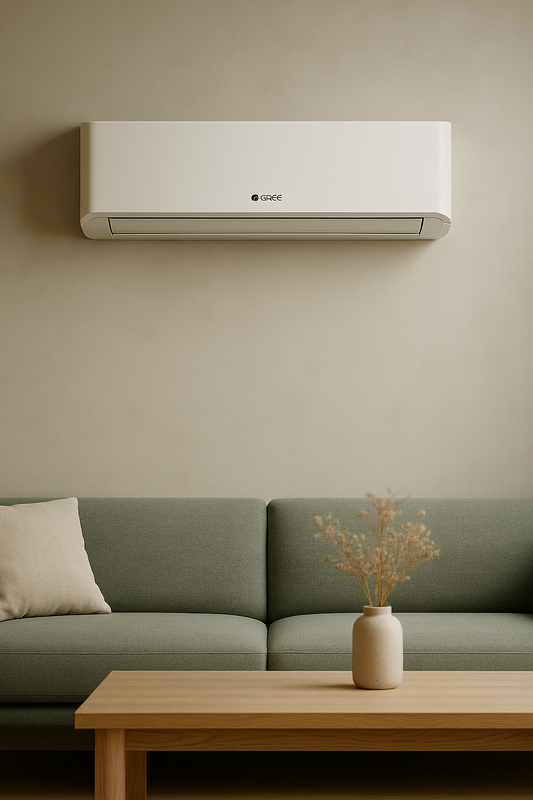Installation av värmepumpsberedare
Inledning
Att installera en värmepumpsberedare är ett viktigt steg för att effektivisera och optimera uppvärmningssystemet i ett hus eller en byggnad. I denna artikel kommer vi att utforska vad en värmepumpsberedare är, dess fördelar och användningsområden, samt hur installationen vanligtvis utförs.
Definition och bakgrund
En värmepumpsberedare är en del av ett värmepumpssystem som används för att lagra och distribuera varmt vatten för uppvärmningsändamål. Den fungerar genom att samla in värmeenergi från omgivande luft, mark eller vatten och överföra den till det vatten som cirkulerar i värmesystemet.
Fördelar och användningsområden
En värmepumpsberedare erbjuder flera fördelar, inklusive energieffektivitet, minskade uppvärmningskostnader och minskad miljöpåverkan jämfört med konventionella värmesystem. Den kan användas för uppvärmning av bostäder, kommersiella fastigheter och simbassänger.
Relaterade tekniker, begrepp eller variationer
Det finns olika typer av värmepumpsberedare, inklusive luft-vatten, mark-vatten och vatten-vatten-system. Dessa varianter utnyttjar olika källor för att samla in värmeenergi och kan vara lämpliga beroende på specifika behov och förutsättningar.
Vanliga frågor (FAQ)
-
Hur lång tid tar det att installera en värmepumpsberedare?
Installationstiden kan variera beroende på systemets storlek och komplexitet, men en typisk installation tar vanligtvis några dagar att slutföra med hjälp av kvalificerade installatörer.
-
Vilken typ av underhåll kräver en värmepumpsberedare?
En värmepumpsberedare kräver regelbunden rengöring och underhåll för att säkerställa optimal prestanda. Det kan inkludera rensning av filter, kontroll av vätskenivåer och inspektion av komponenter.
-
Vad är den förväntade livslängden för en värmepumpsberedare?
En värmepumpsberedare har vanligtvis en livslängd på 10-15 år, men regelbundet underhåll kan förlänga dess prestanda och hållbarhet.
Sammanfattning
Installation av en värmepumpsberedare är en viktig komponent för att effektivisera uppvärmningssystemet och minska energikostnaderna. Genom att utnyttja värmeenergi från omgivande miljö kan värmepumpsberedaren erbjuda hållbara och kostnadseffektiva uppvärmningslösningar för olika typer av fastigheter.
Installation Process
The installation process of a heat pump water heater involves several key steps. Firstly, the location for the water heater needs to be determined, considering factors such as available space, ventilation, and proximity to the heat pump unit. Then, the necessary plumbing and electrical connections are made to integrate the water heater with the existing heating system and power supply.
Placement and Mounting
Proper placement and mounting of the heat pump water heater are essential for its efficient operation. The unit should be positioned in a well-ventilated area with sufficient clearance for air circulation. Additionally, it needs to be securely mounted to a stable surface to prevent vibrations and ensure stability during operation.
Electrical and Plumbing Connections
The electrical and plumbing connections are critical aspects of the installation process. Qualified professionals must handle the electrical wiring to ensure safety and compliance with regulations. The plumbing connections involve integrating the water heater into the existing hot water distribution system, including inlet and outlet pipes, as well as any required modifications to accommodate the new unit.
Testing and Commissioning
Once the installation is completed, thorough testing and commissioning procedures are carried out to verify the functionality and performance of the heat pump water heater. This includes checking for leaks, verifying proper water temperature regulation, and ensuring that the unit operates in coordination with the heat pump system.
Environmental Impact
With the increasing focus on sustainable technologies, the installation of heat pump water heaters contributes to reducing carbon emissions and overall energy consumption. By harnessing renewable heat sources, these systems play a role in mitigating the environmental impact of traditional heating methods.
Case Study: Residential Installation
In a residential setting, the installation of a heat pump water heater resulted in a noticeable reduction in energy costs and increased hot water availability. The system integrated seamlessly with the existing heating infrastructure, providing a reliable and environmentally friendly solution for the household’s hot water needs.
Conclusion
Understanding the installation process and considerations for heat pump water heaters is essential for harnessing their full potential in enhancing heating systems. By following best practices and engaging qualified professionals, the installation can lead to long-term energy savings and environmental benefits.



